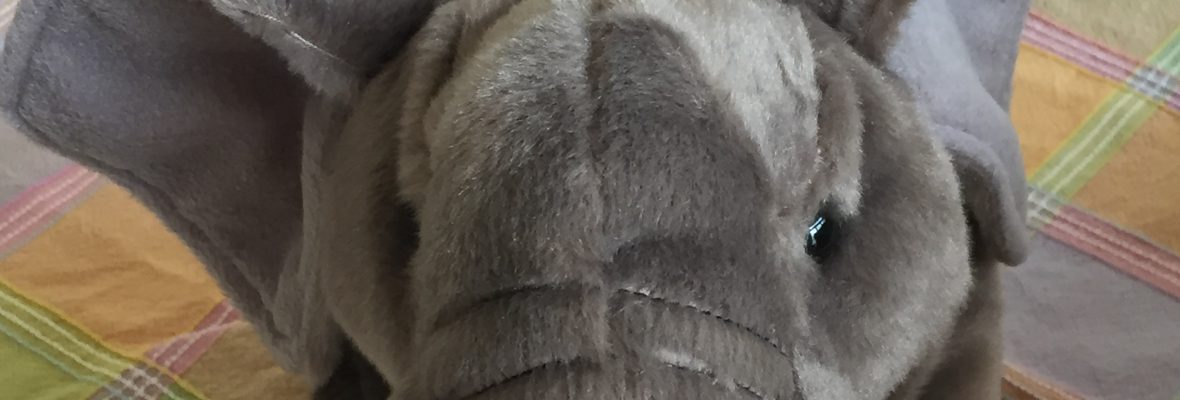
There might be more than two but I find that lessons generally fall into two types. The first is more of a learning lesson. This is when you are being shown a new step or pattern. The second type is pure practice. Both are part of the process.
A lot of what I’ve been doing since I started up with PJ has been the learning type of lesson. Actually, when I mentioned learning, I should point out that there is a great deal of learning required when working with a new partner. Beyond actually learning specific steps, there is just the process of getting used to how they move and how they respond to whatever cues I might or might not be providing as the leader.
This is a subject that I unfortunately have a great deal of experience with although I wouldn’t say I’m an expert by any means. What I can say is that even a very familiar pattern can feel totally different and almost alien the first time you dance it with someone else. And it takes time to get comfortable – guessing it may take a little longer for some of us introverted types.
But getting back into it has also required being reacquainted with the Silver III patterns. And adding some Silver IV to the smooth. Then let’s toss in the three routines. The learning lessons can really make your brain hurt. You watch a step. Sometimes it makes no sense at all and you have no idea how to even start. Sometimes you think you know what to do and then you try and it goes all kinds of wrong. Then you think you may have your part down and you try together and all kinds of other things start to go wrong. There are times when it clicks relatively quickly so it isn’t all torture.

The ultimate goal is to make the particular step or pattern something you can do with a minimal amount of thinking. In ballroom, thinking isn’t good. Thinking slows you down. Thinking makes you second guess what you are doing. Thinking will get you stuck in a corner with no way out. It is bad. I mean you do have to have some kind of plan for where a step is going to go and what obstacles may be out there but dancing is more reacting and moving.
As we’ve moved closer to Showcase, the lessons have shifted in practice mode. While you may make some tweaks, the learning is basically over. It is just run the patterns over and over and over again. If you are lucky, you get music so you can start getting used to how they flow and the timing. You try them from different parts of the floor because you don’t know where you might have to start. You run through multiple dances in a row because your might be asked to do that at an event and you need to be able to effortlessly shift from Waltz to Tango to Fox Trot or from Cha-Cha to Rumba to Swing.
Having done a double on Friday, a double on Monday and a lesson yesterday, you realize just how much work ballroom actually is. This is the physical grind. But you find out a lot. You find out which dances you know and which ones still aren’t quite where they need to be. Then you wake up the next day and find out which muscle groups you were using – because they are the ones that are sore.
Now I’m certainly not an overachiever when it comes to practice. There is always more that could be done. But I sometimes think people don’t really see that. When I get other students telling me how good I look, part of me wonders if they think I just dropped out of the sky knowing how to dance. Maybe not. It doesn’t really bug me that much but I’m at the level I am because I do freaking work at it. Sometimes that seems to get overlooked.
One more lesson tonight. We have to work on the rough parts of the Swing and Mambo and see if we can find where we are getting ahead in the Tango routine. Then its off to meet the siblings and start to deal with what the parents left behind and for Dad’s memorial. One last double next Friday and then it will be time.
Before Showcase, I do sometimes wonder if it is really worth putting all this time, effort and money into this little hobby. After Showcase, I usually stop wondering.

